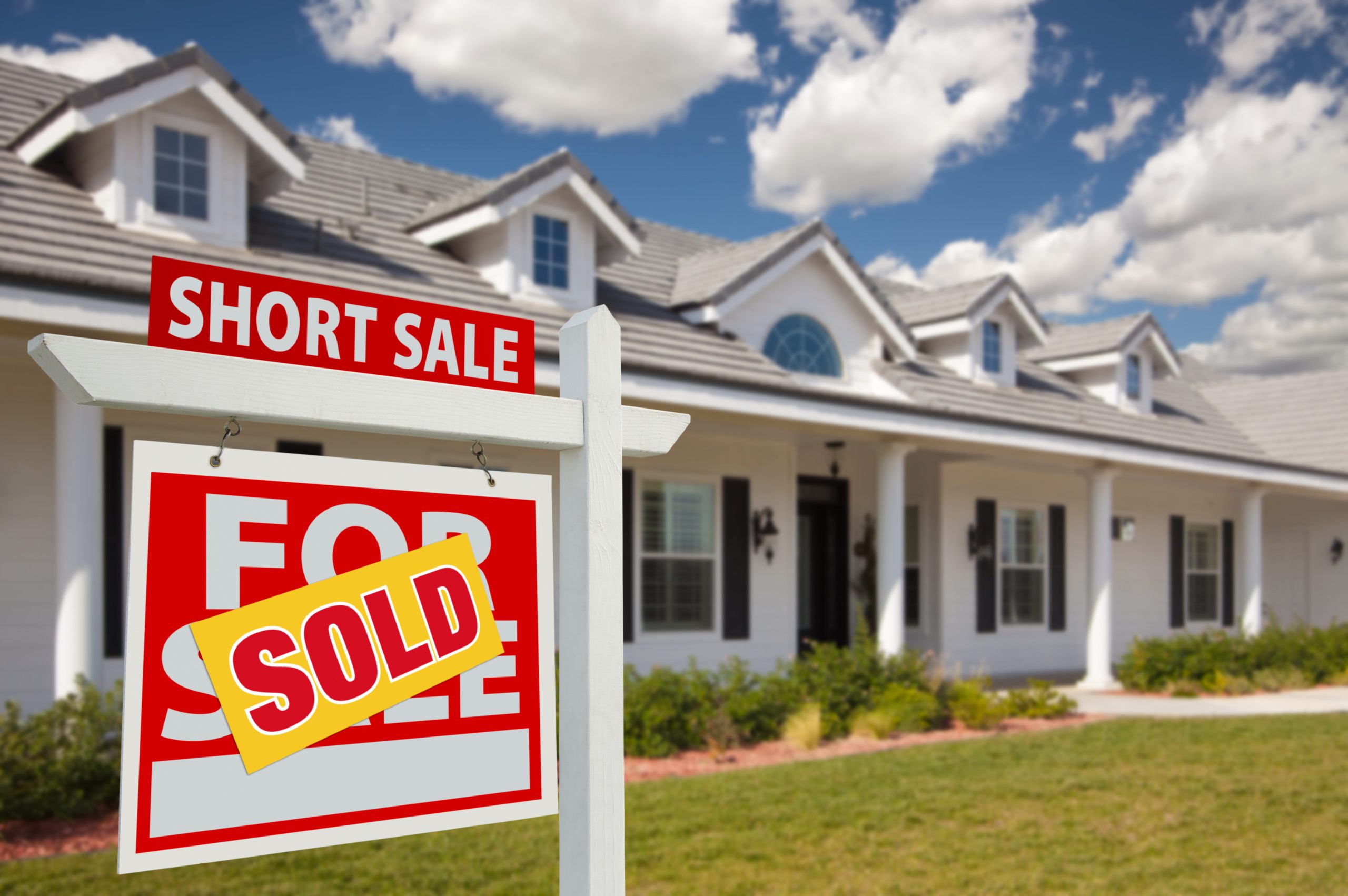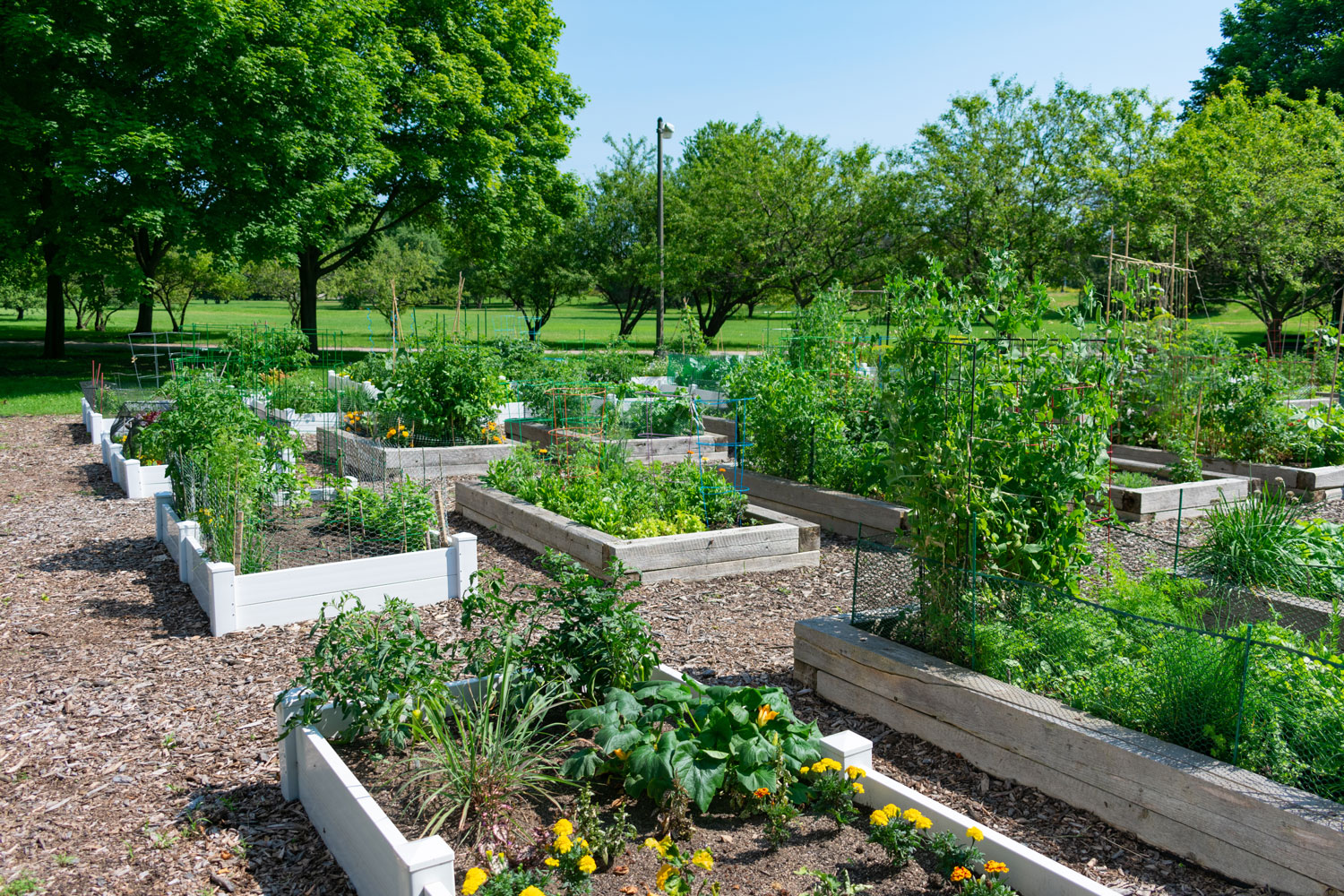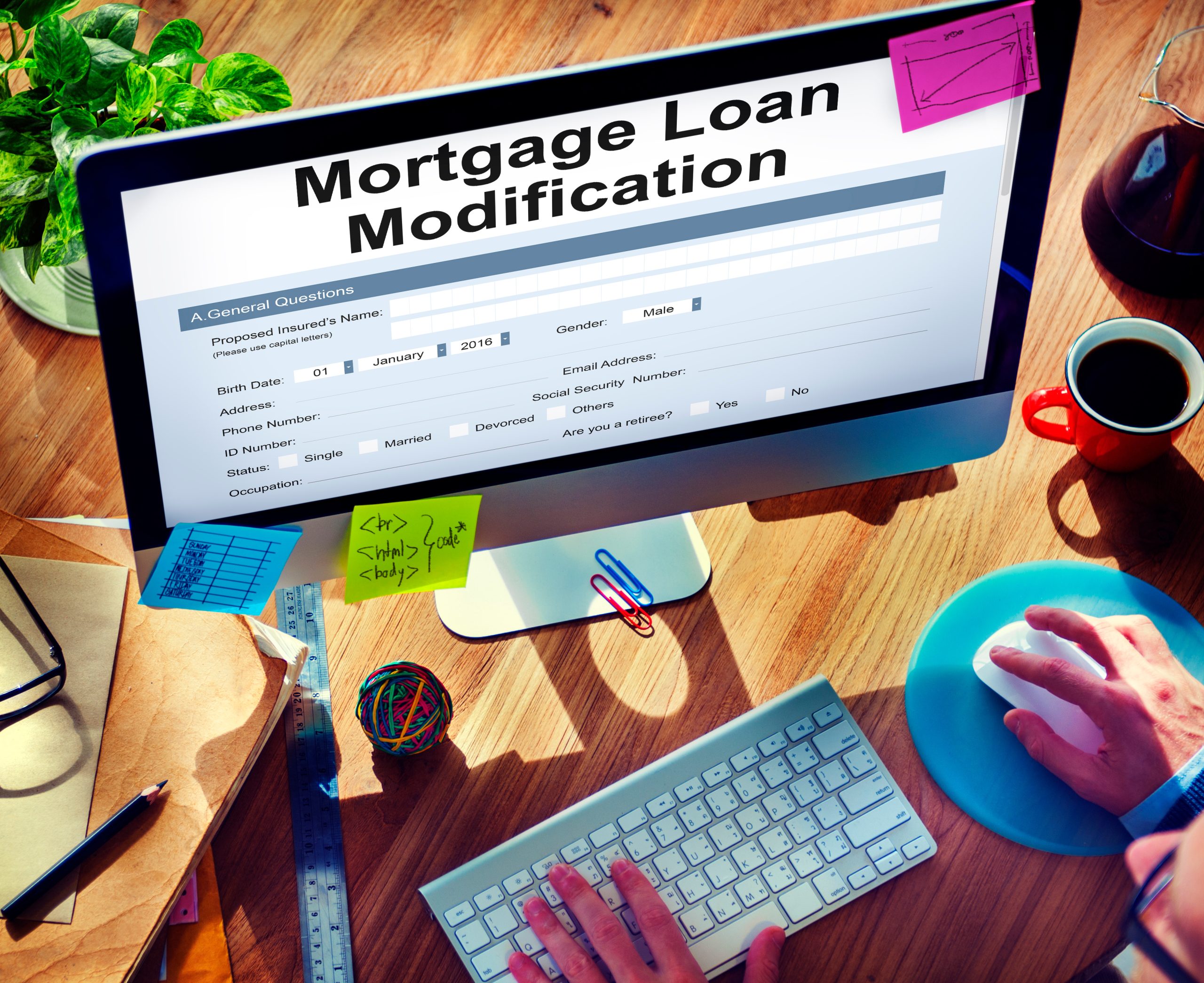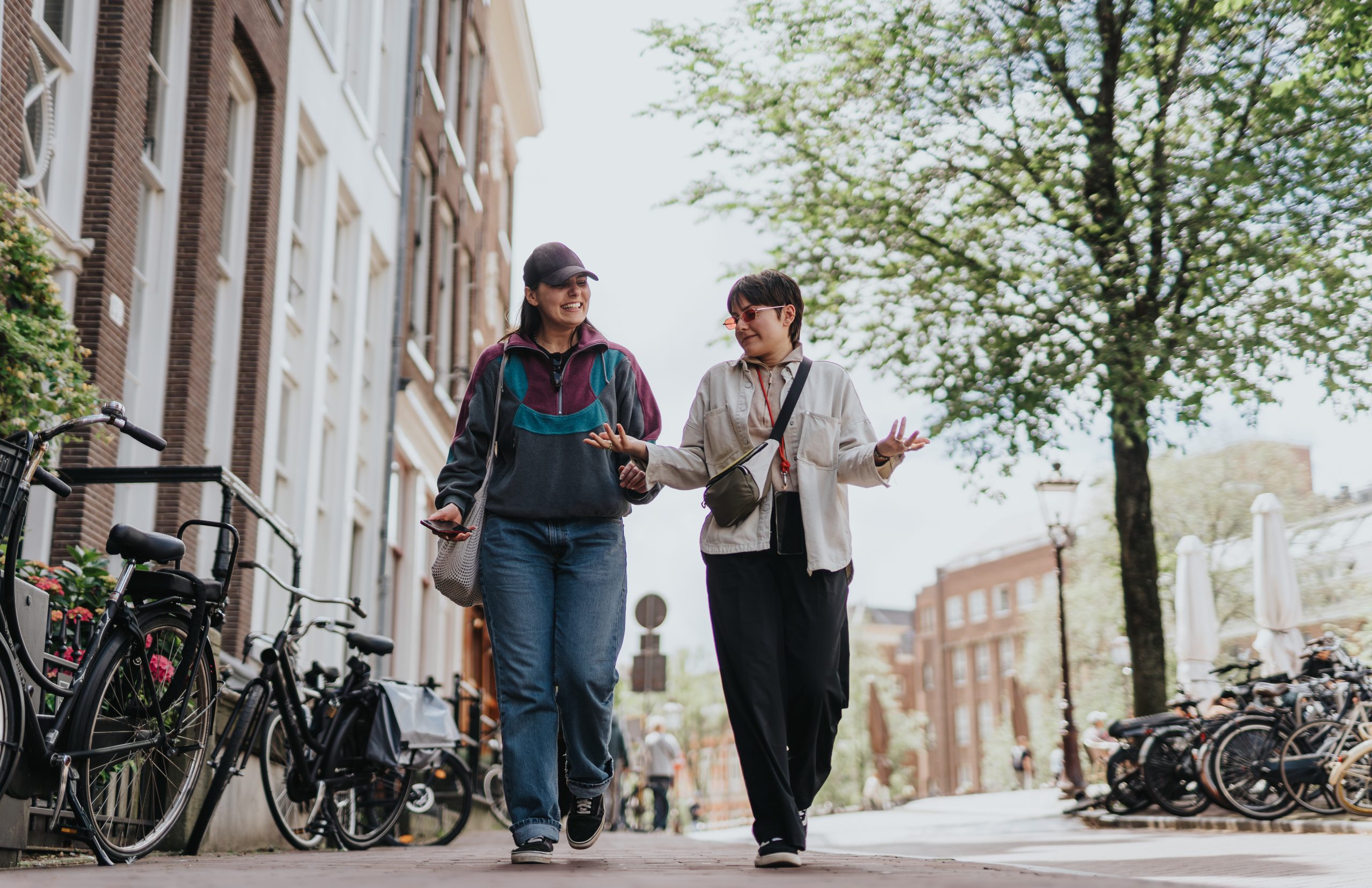Mortgage Forbearance: A Temporary Solution for Property Owners in Tough Times
Introduction:
If you’re struggling to make your mortgage payments, you might be considering mortgage forbearance as a temporary lifeline. While forbearance can provide short-term relief, it’s important to fully understand how it works, its potential drawbacks, and what comes next. In this post, we’ll dive into the details of mortgage forbearance, its pros and cons, and how to make the most of this option.
What Is Mortgage Forbearance?
Mortgage forbearance is an agreement between you and your lender that allows you to temporarily reduce or pause your mortgage payments. It’s a way to buy time during financial hardship, such as job loss, medical expenses, or other unexpected challenges.
Key Points to Know About Forbearance:
- It’s not forgiveness—payments are postponed, not eliminated.
- Repayment terms vary and are typically determined by the lender.
- Forbearance can be a useful tool but requires careful planning for what comes next.
The Pros of Mortgage Forbearance
- Immediate Relief: Provides breathing room if you’re unable to make payments.
- Prevents Foreclosure: Keeps you in your property while you address financial challenges.
- Protects Credit Temporarily: Lenders typically don’t report missed payments during the forbearance period (be sure to confirm this with your lender).
- Gives You Time: Allows you to focus on stabilizing your financial situation without the immediate pressure of a foreclosure process.

The Cons of Mortgage Forbearance
- Deferred Payments: Payments are postponed, not erased—you’ll eventually need to catch up.
- Potential for Lump-Sum Repayment: Some lenders require a lump-sum payment of deferred amounts at the end of forbearance.
- Interest Accrual: Interest often continues to accrue during forbearance, increasing the total amount owed.
- Impact on Long-Term Financial Plans: If repayment terms aren’t manageable, forbearance could create future financial strain.
What Happens After Forbearance Ends?
Once your forbearance period ends, you’ll need to address the missed payments. Here are some common repayment options:
- Lump-Sum Payment: Paying all missed payments at once (not always required).
- Payment Plan: Adding extra to your monthly payments until you catch up.
- Loan Modification: Adjusting the loan terms to make payments more manageable.
- Deferral: Adding missed payments to the end of the loan term.
How I Can Help You Navigate Forbearance and Beyond
Deciding on forbearance and understanding your options afterward can be overwhelming, but you don’t have to face it alone. Here’s how I can support you:
- Refer you to a professional to help review your lender’s terms and repayment options to ensure they’re fair.
- Help you explore alternatives, such as loan modification or short sales, if needed.
- Provide connections and resources that can guide you on how to protect your property and financial future.
Let’s work together to create a plan that works for you.
Conclusion:
Mortgage forbearance can be a valuable tool to help you weather financial storms, but it’s only one part of the journey. Understanding the pros, cons, and next steps is essential to making an informed decision. Whether you’re considering forbearance or figuring out what comes after, I’m here to provide the support and guidance you need.


 Facebook
Facebook
 X
X
 Pinterest
Pinterest
 Copy Link
Copy Link








